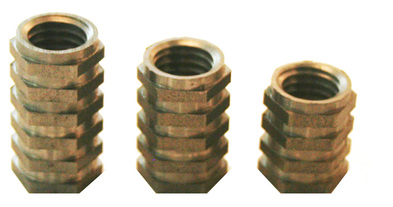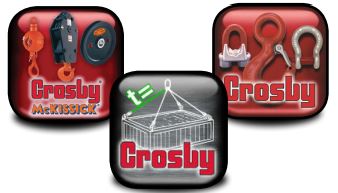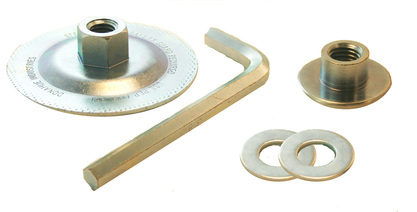Thinking about manufacturing with metal instead of plastic? Here are 5 great reasons why metal might be a better choice for you:
- You need strength. Metal is a stronger material than plastic.
- You need accuracy. Metal can stand up to warping more than plastic. For example, metal sheave gauges last much longer than plastic ones.
- You need heat and UV resistance. Will your product need to withstand high temperatures without melting or warping? Metal may be your best option.
- You need your product to look more expensive. Metal simply looks more pricey than plastic. Customers perceive it as better quality and durability.
- You need good conductivity. Metal is a natural conductor.







 RSS Feed
RSS Feed
